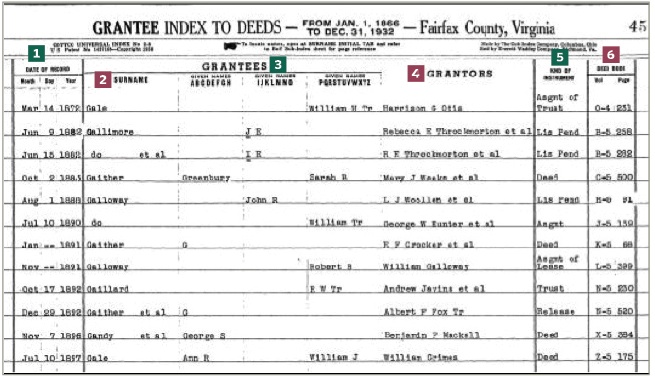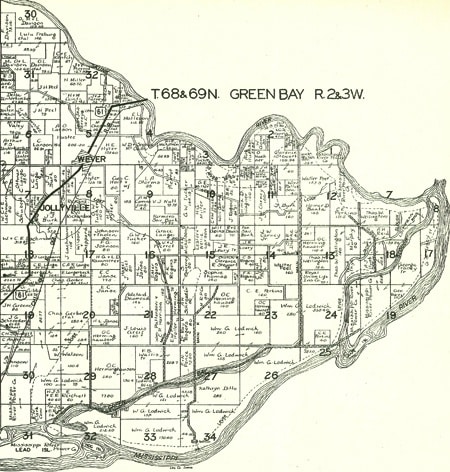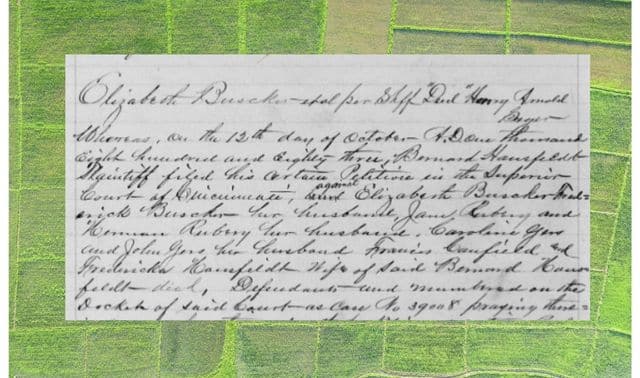Sign up for the Family Tree Newsletter Plus, you’ll receive our 10 Essential Genealogy Research Forms PDF as a special thank you!
Get Your Free Genealogy Forms
"*" indicates required fields
Land and property records are rich resources for genealogical information. While official record keeping for births, marriages and deaths is relatively recent, land transactions have been well documented for centuries.
Real estate transfers weren’t limited to the sale of property. Sometimes a parent conveyed land to a child when the child married or reached the age of majority. These transfers may have taken the form of a “deed of gift” or a sale for $1 or some other small sum.
The death of a property owner and the probate of the estate generated deeds transferring ownership of property to an heir, often a family member. In these cases, the deed may contain the exact date of death of the owner, data that may not be otherwise available, especially before death certificates were issued. The name of the heir and relationship to the property owner, if stated, can help connect relatives.
You’ll find deeds and related records housed in the courthouses of counties that had jurisdiction over the properties during your ancestors’ time. Deed book indexes provide quick access to copies of documents. These indexes come in two formats: The grantor index lists alphabetically the names of the property owners conveying ownership to others. A grantee index lists alphabetically those receiving the property.
Deed indexes may include notations under the “kind of assignment” column. This indicates how ownership is being transferred from one person to another. The most common entries under the kinds of assignments are:
- Assignment or asgmt: records a legal assignment of rights to transfer property ownership to someone other than the owner
- Deed: the direct assignment of ownership to a new owner
- Lien: some financial encumbrance is attached to the property to secure a debt, such as back taxes, preventing the property from sale or transfer without satisfaction of the debt
- Lis Pend: indicates a lawsuit is pending against ownership of the property
- Mortgage or Mtg: records a mortgage of the property
- Trust: records transfer of title to a third party to manage for another party, such as a widow or minor children
This grantee index refers to the deed book and page number of the actual deed. You can use a grantee index to trace property ownership, or use the grantor index to determine how property was distributed.
See our example of a deed index below, and look for:
- Date of Record indicates the date on which the transaction was signed and took effect.
- The Grantee Surname column lists in alphabetical order the names of property recipients.
- The Grantee Given Names column may be a simple list of names recorded on the document, or may include several columns breaking down the alphabet for ease of browsing (as shown in this example).
- The names of grantors are seldom in alphabetical order in a grantee index. To search by grantor, if your ancestor was selling property, you’d use the grantors deed index.
- The Kind of Assignment column indicates the type of transfer being recorded. The first deed on this list has an agent of trust assignment, which means the title was transferred to a third party to manage for another party, such as a widow or minor children.
- This column, labeled Deed Book, cites the volume and page number of the book in which the deed is recorded.

From the January 2012 issue of Family Tree Magazine
ADVERTISEMENT





